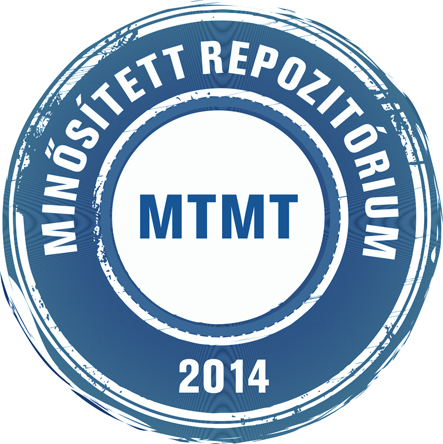Hybská, H. és Turčániová, E. és Krempa, M. és Timár, P. és Štibrányi, L. és Rétfalvi, Tamás és Mordáčová, M. (2023) Regeneration of waste hydraulic oils as a recycling method in relation to the environment. ARCHIVES OF ENVIRONMENTAL PROTECTION, 49 (4). pp. 3-10. ISSN 2083-4772
|
Szöveg
Regeneration-of-waste-hydraulic-oils-as-a-recycling-method-in-relation-to-the-environmentArchives-of-Environmental-Protection.pdf Download (709kB) |
Absztrakt (kivonat)
The article deals with the possibilities of regenerating operating fluids, assessing the composition of new, used, and regenerated oils by evaluating their toxicity and proposing the environmentally friendly regeneration method. The focus lies on two methods of regeneration of waste operating fluids: distillation and electrostatic cleaning. Oil samples, regenerated through these methods, were analyzed using gas chromatography with mass detection. The variance in composition among new, used, and regenerated oils depends on the method of regeneration. Properties of hydrocarbons exhibiting ecotoxic, mutagenic, teratogenic, carcinogenic, and other effects were identified using safety data sheets and databases like Pubchem, ChemicalBook. Analyzing HLP 46 oil (samples of new, unused, used and regenerated oil) revealed that the most toxic hydrocarbons (acetane, heptacosane, nonacosane) were absent after regeneration through electrostatic cleaning. Comparing the composition of operating fluids before and after regeneration, it was established that the most environmentally favorable regeneration method is electrostatic cleaning, which maintains the original properties of the operating fluids intended for use. Operating fluids regenerated via electrostatic cleaning contain fewer toxic hydrocarbons, making them more favorable concerning human health and the environment. © 2023. The Authors(s)
Tudományterület / tudományág
természettudományok > kémiai tudományok
Kar
Nem releváns
Intézmény
Soproni Egyetem
| Mű tipusa: | Cikk |
|---|---|
| SWORD Depositor: | Teszt Sword |
| Felhasználó: | Csaba Horváth |
| A mű MTMT azonosítója: | MTMT:34521275 |
| Dátum: | 22 Jan 2024 09:00 |
| Utolsó módosítás: | 22 Jan 2024 09:00 |
| URI: | http://publicatio.uni-sopron.hu/id/eprint/2959 |
Actions (login required)
 |
Tétel nézet |


 Repozitóriumi letöltési statisztika
Repozitóriumi letöltési statisztika Repozitóriumi letöltési statisztika
Repozitóriumi letöltési statisztika
